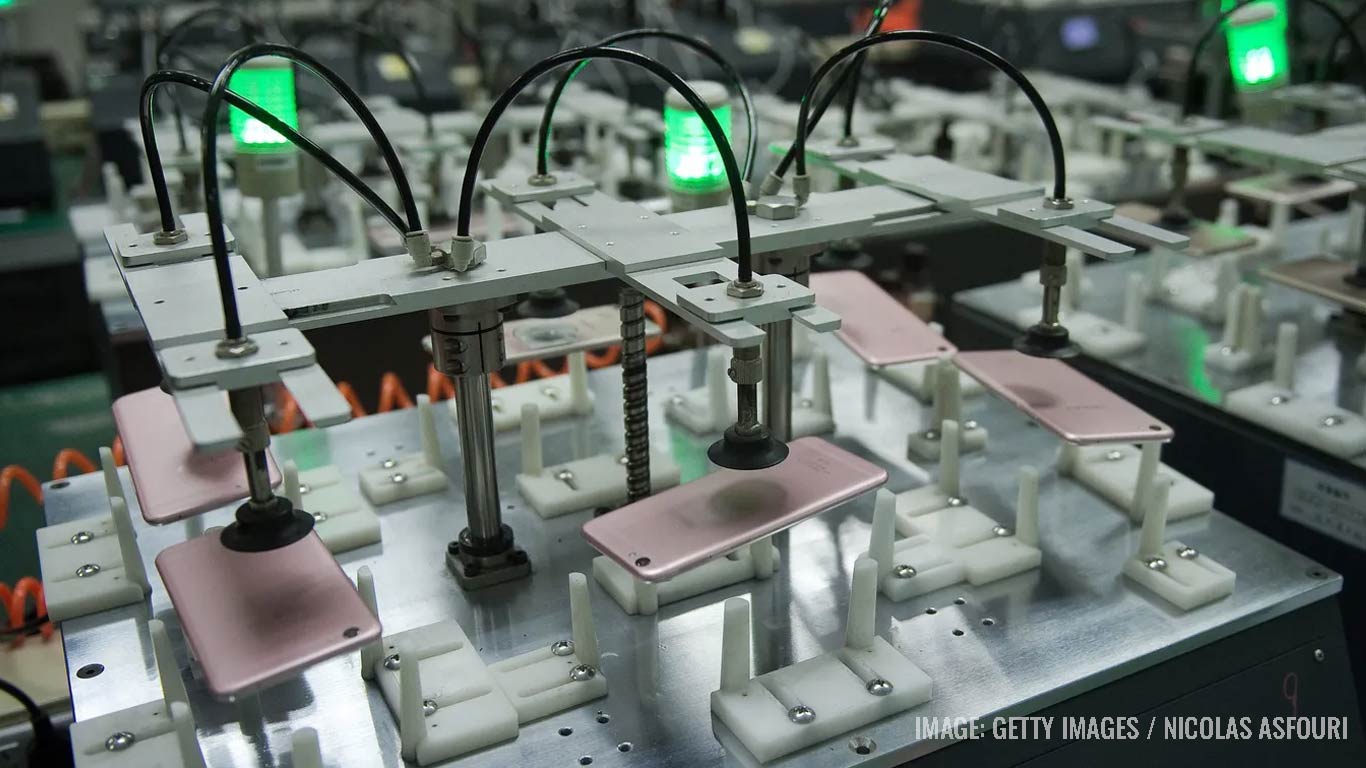Tariff In India On Smartphone Components Highest Among Global Competitors: ICEA Study
Updated: Jan 11, 2024 04:40:03pm

Tariff In India On Smartphone Components Highest Among Global Competitors: ICEA Study
New Delhi, Jan 11 (KNN) The India Cellular and Electronics Association (ICEA) unveiled a study examining tariffs on smartphone input components, highlighting that India faces the highest tariffs among six manufacturing competitors.
The report, released on Wednesday, suggests that unless India aligns its competitive tariff regime with China and Vietnam, coupled with addressing other factors affecting competitiveness, the current fiscal's export growth may experience a slowdown.
Conducted across seven countries, the study by ICEA emphasises that elevated tariff rates lead to heightened costs, posing challenges for companies aiming to participate in Global Value Chains (GVCs). This, in turn, diminishes India's competitiveness on the global stage.
Pankaj Mohindroo, Chairman of ICEA, asserts that India possesses a significant opportunity to enhance competitiveness and large-scale manufacturing.
He added, “This can be done by making our tariffs competitive vis-à-vis competing nations.”
Despite India's smartphone manufacturing reducing import dependency from 78 per cent in revenue terms in 2014-15 to just 4 per cent in 2022-23, the study underscores the need for a competitive tariff regime to foster export opportunities.
Over 99 per cent of smartphones sold in India are now locally assembled, presenting a substantial export potential for domestic manufacturers.
To capitalise on this, the study recommends attracting major production lines to India and integrating local businesses into international supply chains.
"To achieve this target of high export, India needs more than just ambition; it requires a tangible shift of global value chains, bringing major production lines to India and integrating our businesses into the international supply web,” said Mohindroo.
India's simple average most-favoured nation (MFN) tariff for inputs stands at 8.5 per cent, surpassing China's 3.7 per cent.
The report points out that China's effective tariffs are practically zero due to most mobile production occurring in 'Bonded zones' with zero tariffs on all inputs.
The study estimates that India's higher tariffs result in a competitiveness loss of approximately 6 to 7 per cent compared to China and Vietnam.
In response to these findings, the industry body calls for the identification and reduction of tariff lines incurring significant costs.
This strategic move is deemed essential to boost India's competitiveness in electronics manufacturing and pave the way for a more prosperous future in the global market.
(KNN Bureau)












